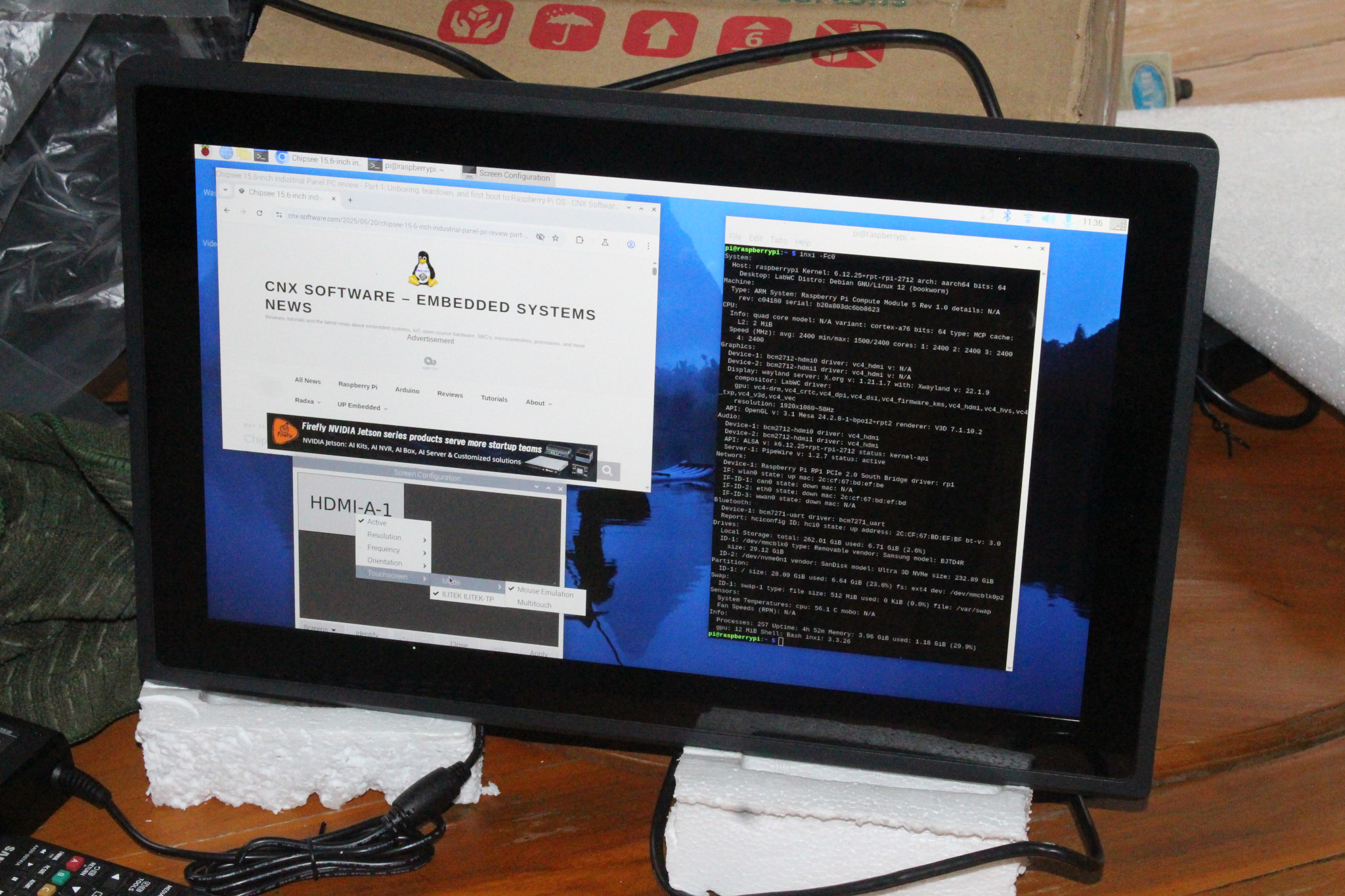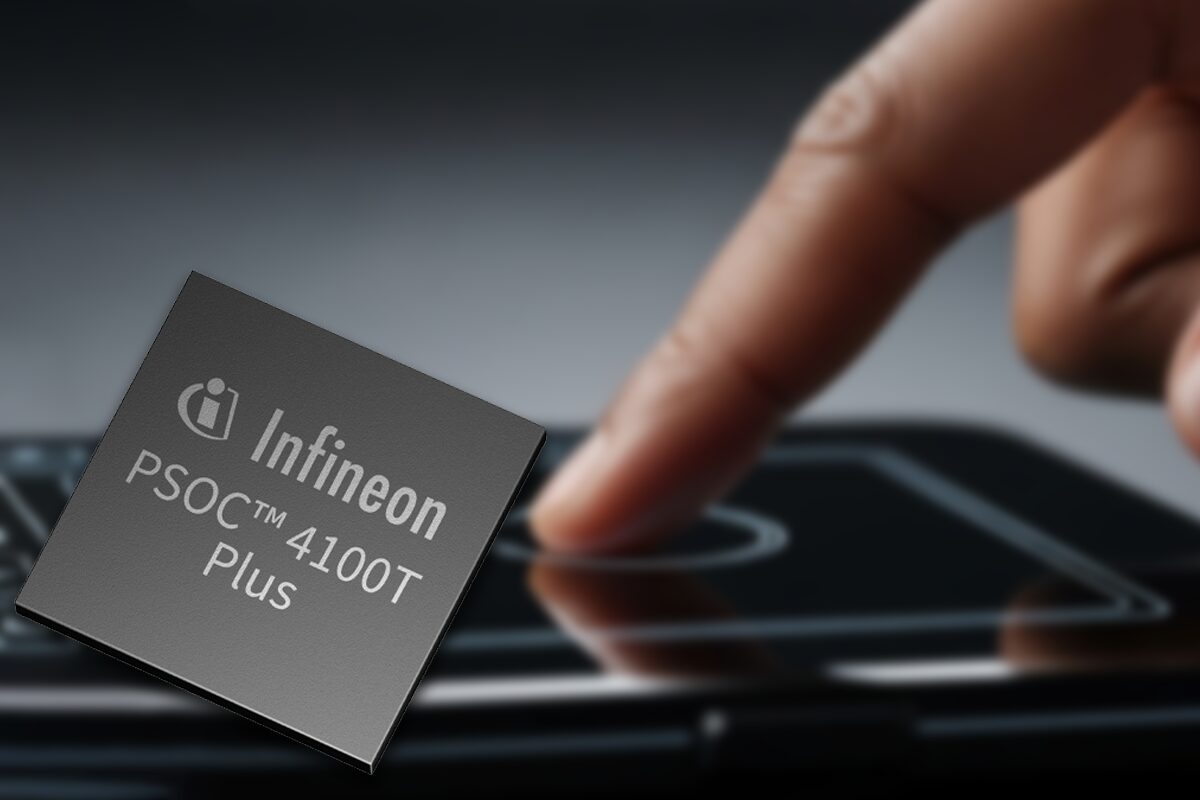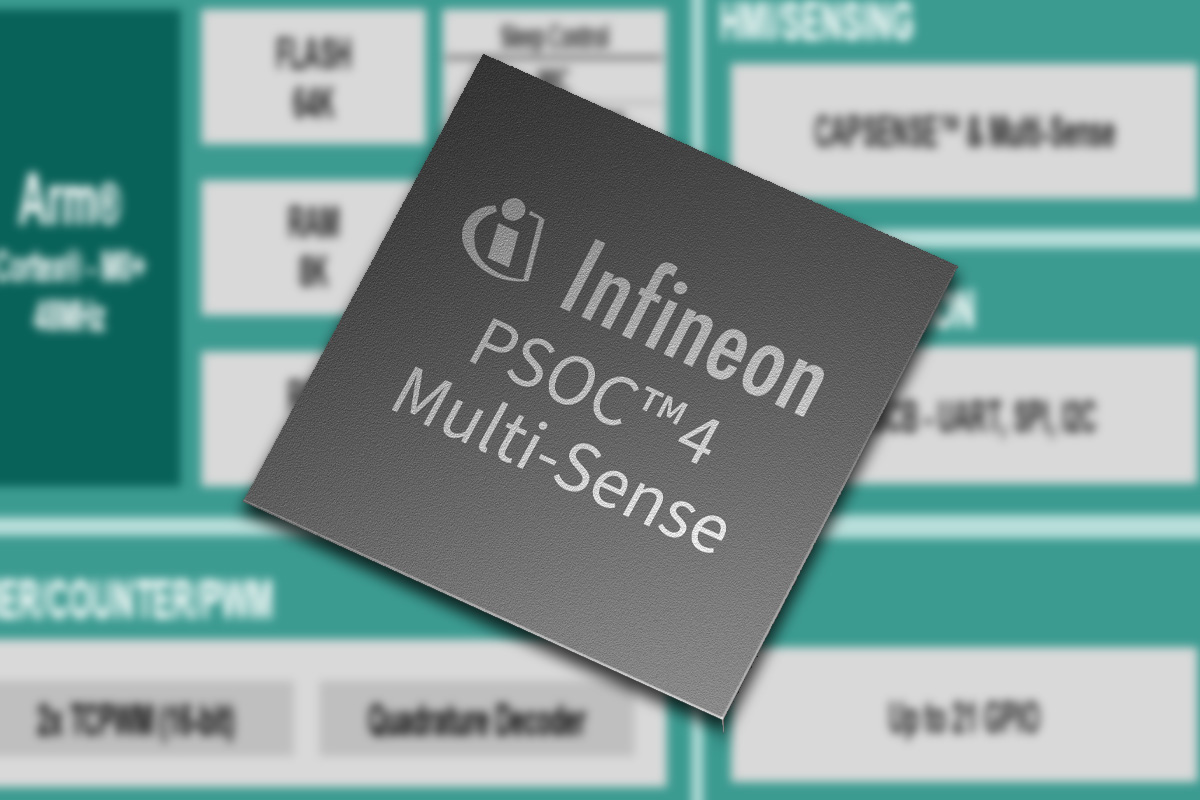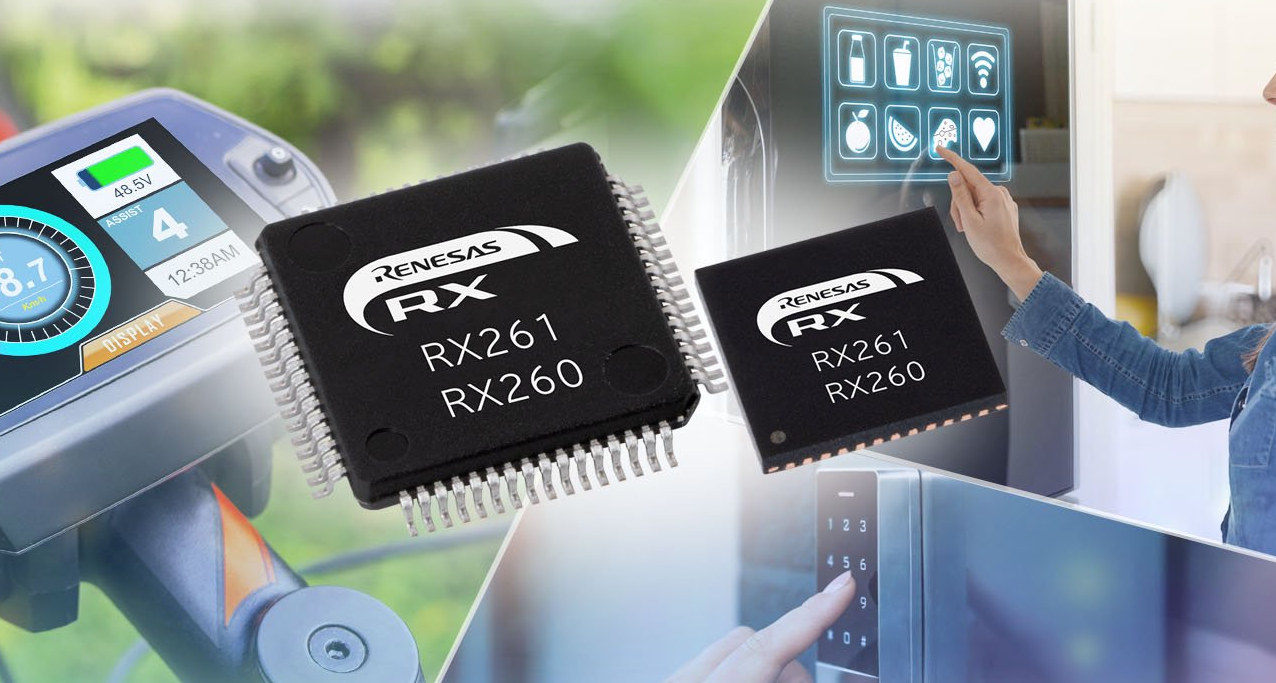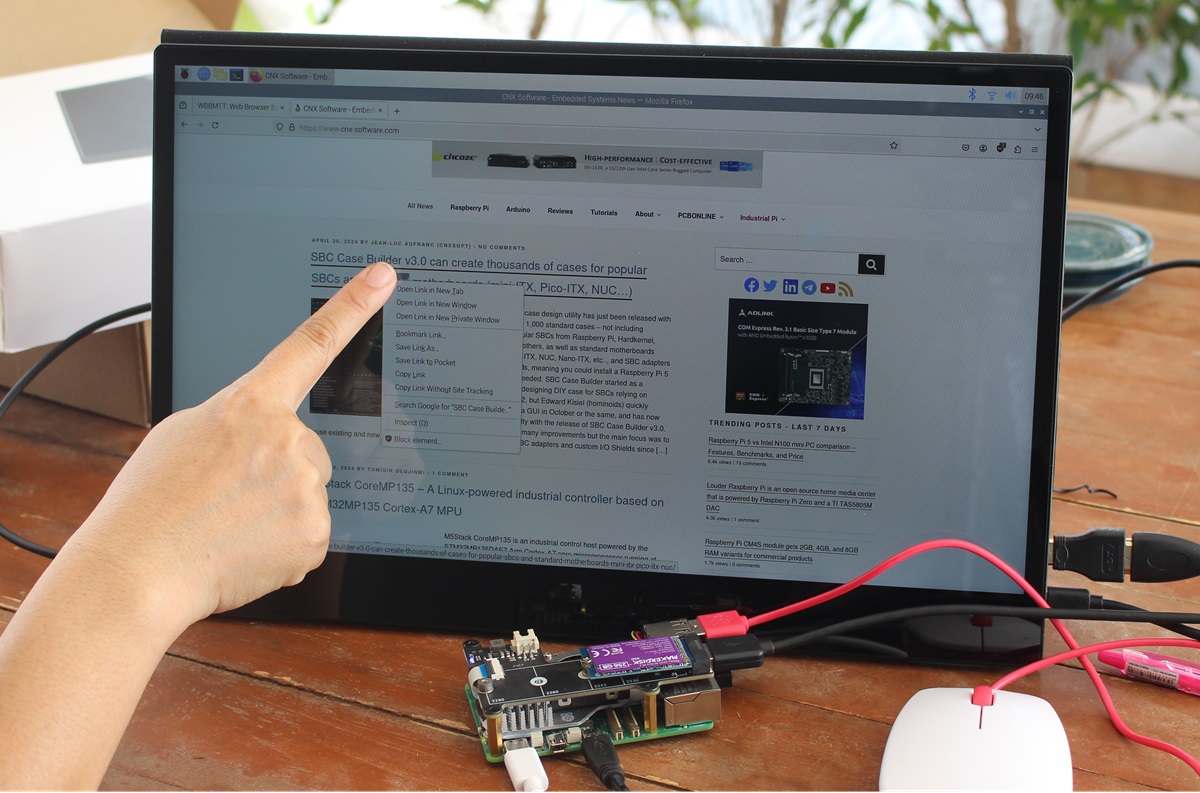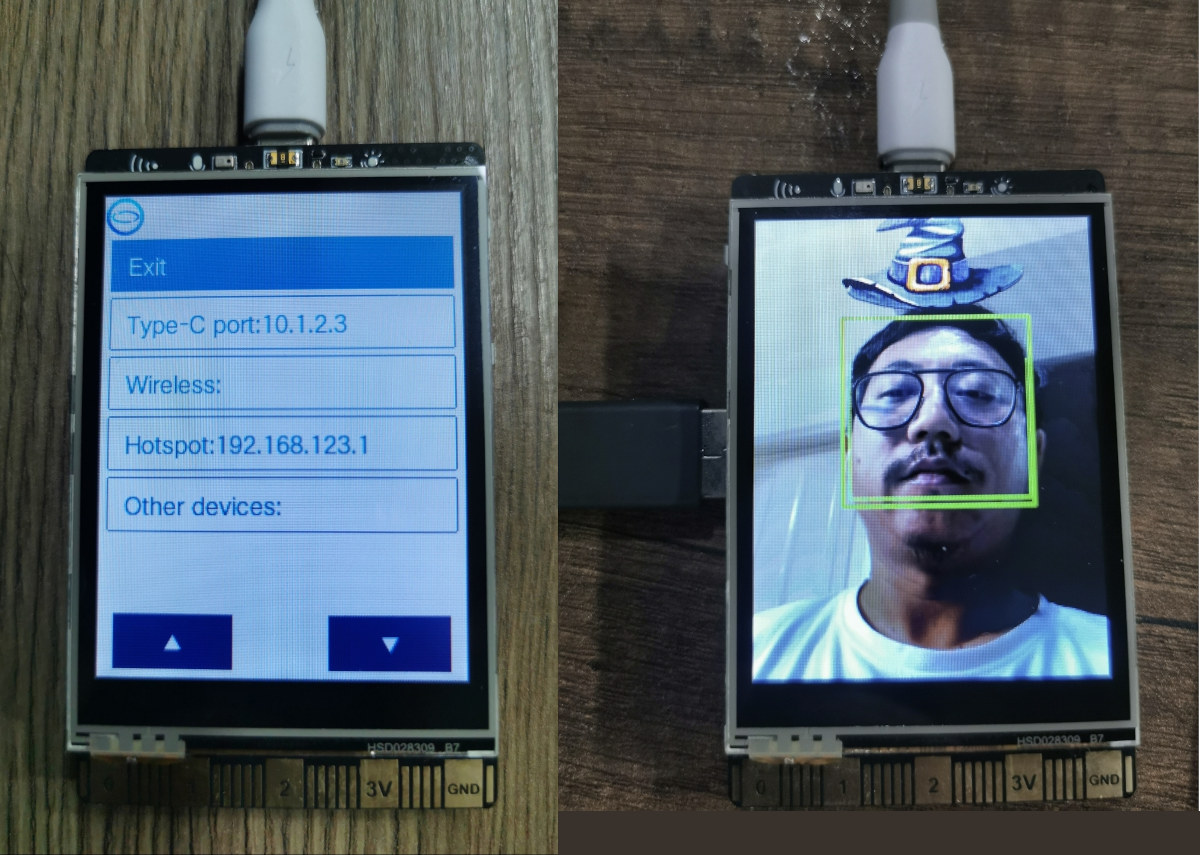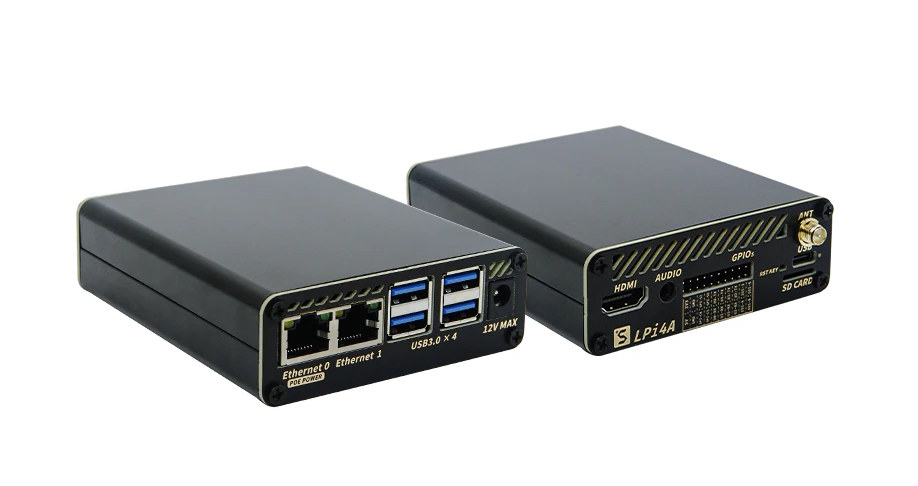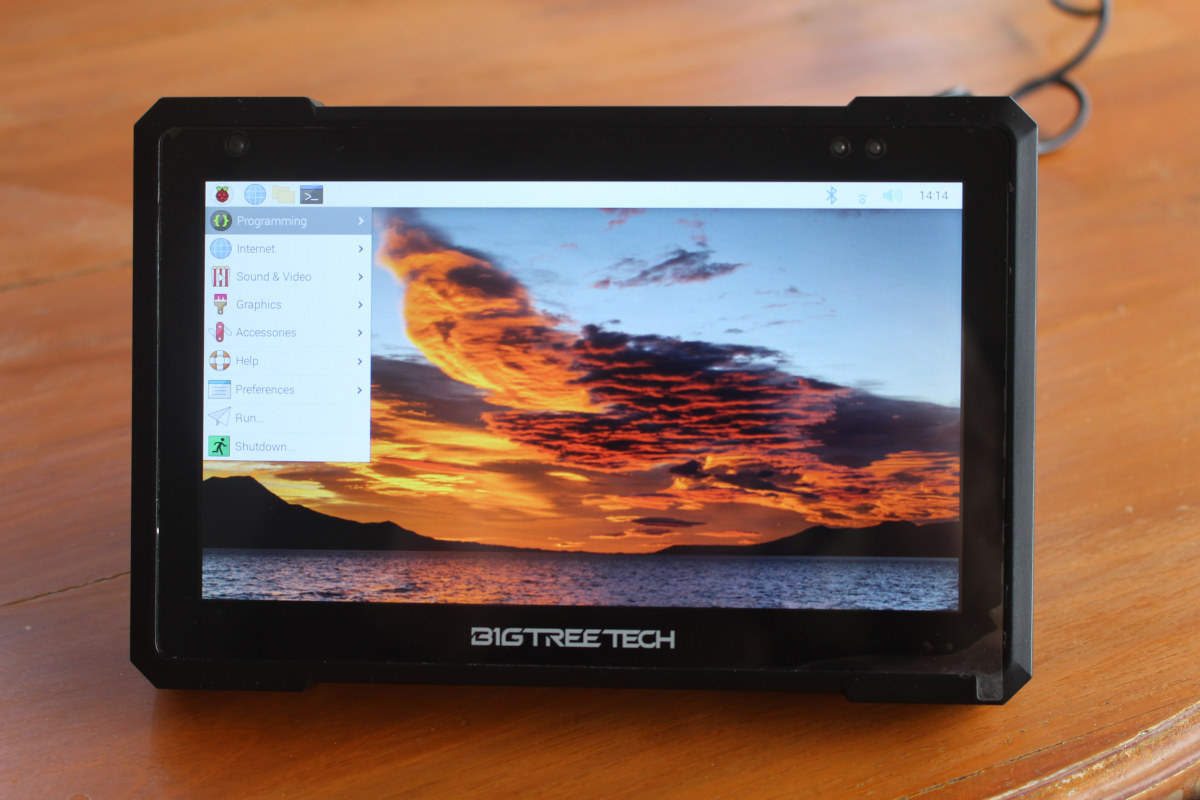We’ve already had a look at the hardware of Chipsee’s 15.6-inch industrial touch panel PC in the first part of the review, before booting it to Raspberry Pi OS. I’ve now had time to test most features of the PPC-CM5-156 panel PC running Raspberry Pi OS, so I’ll report my experience testing performance and most ports of the Raspberry Pi CM5-based system in the second part of the review.
PPC-CM5-156 panel PC system info and sbc-bench.sh benchmark
Let’s check the features of the PPC-CM5-156 panel PC using the inxi utility:


